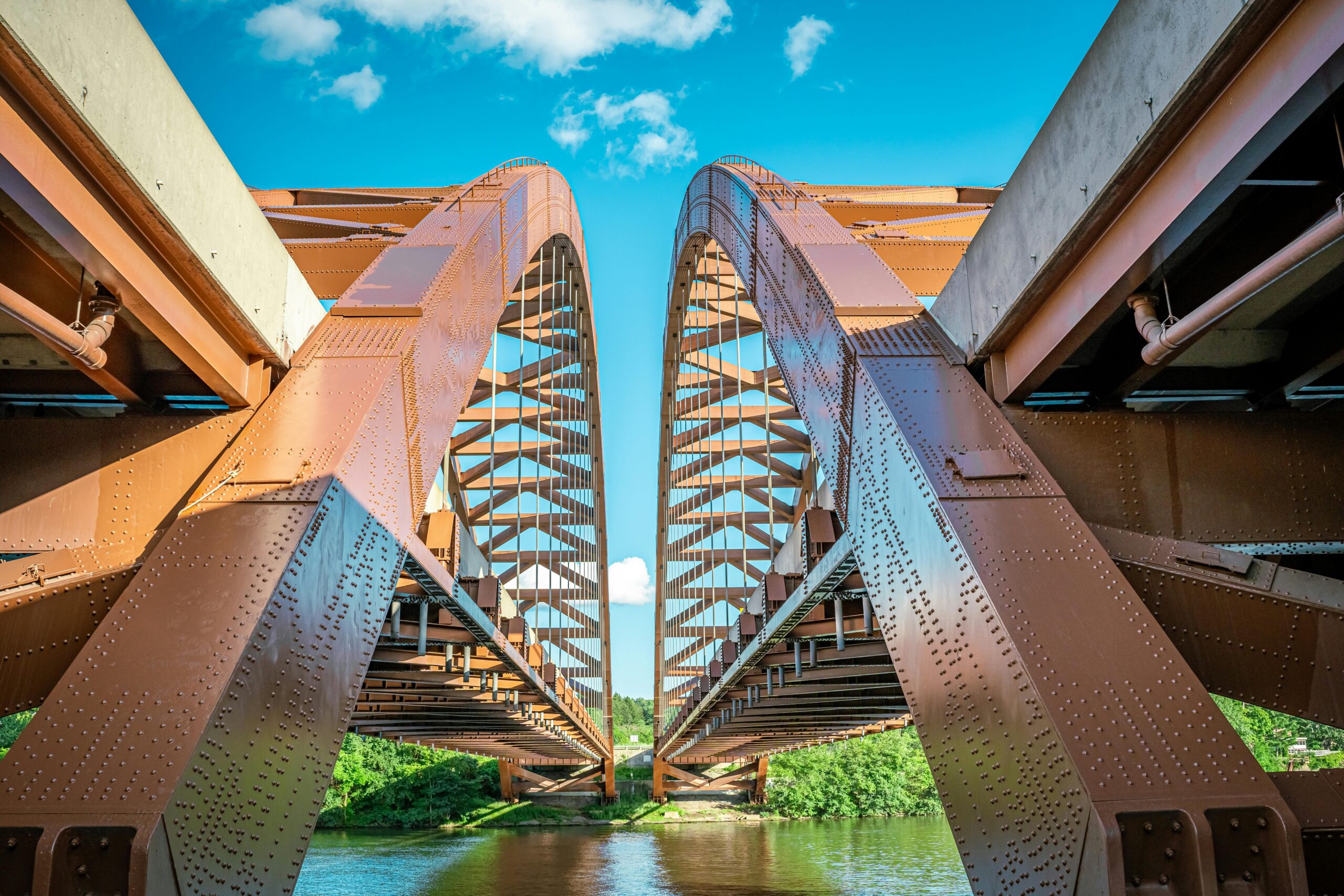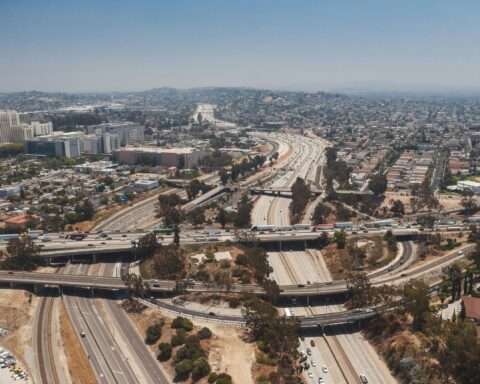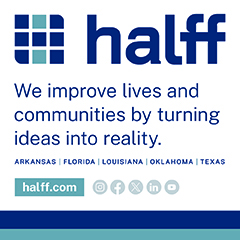The New York State Department of Transportation (NYSDOT) has announced that it has moved into the federal environmental review process for the multi-billion-dollar Reimagine Interstate 787 project. The department recently completed the Planning and Linkages (PEL) study and will now use $40 million in state funds to develop the corridor’s Environmental Impact Statement (EIS).
While construction is years away, NYSDOT has projected that it will cost billions of dollars to restructure the nine-mile corridor.
The corridor featured in the study covers a significant stretch of the city of Albany, starting from the Port of Albany to Green Island and included the South Mall Expressway, the Dunn Memorial Bridge and several neighboring cities. While the interstate serves as a critical connector for the region, it also hinders access to the Hudson River, separates communities and limits pedestrian and bicyclist mobility.
The EIS will examine ways to optimize the Reimagine I-787 project to better facilitate waterfront access, reconnect neighborhoods and address associated infrastructure projects. To that end, NYSDOT prepared a range of alternatives to rework the highway and upgrade boulevards as solutions to keep the infrastructure safe for travelers and improve the corridor’s overall connectivity.
The Final PEL includes two concepts for the interstate and three for the boulevards, dismissing a few of the report’s other alternatives that didn’t meet the required criteria. Of those that passed the design screening, Concept I-2 would reconstruct I-787 and cost up to $7 billion to complete. The reconstructed interstate would retain the same number of travel lanes while building additional pedestrian and bicycle infrastructure to provide access to the waterfront.
As part of the design, the Dunn Memorial Bridge would be demolished and replaced. The project would reconstruct nearby streets to improve connectivity and introduce new intersections. Additional roadway improvements would include better non-motorized traveler facilities, additional connections, interstate on-ramps, shared-use paths and replaced structural elements.
Concept I-3 would follow many of the same design changes as with I-2, with the notable exception being a greater focus on increasing port connectivity. In addition to reconstructing I-787, NYSDOT would enhance direct port access by building a port interchange. This variation of the project would also cost up to $7 billion.
The department has also included potential options for building a navigable canal called the Albany Waterway as additions to Concepts I-2 and I-3. The canal would add up to $2.5 billion to the project’s cost and would feature docks, two locks and a boat yard, according to project documents. Since the waterway would disconnect several streets, the project would involve the construction of several overpasses.
The PEL determined that three concepts that three concepts to convert I-787 in downtown Albany to street-level boulevards satisfied the needs of the project. Concept B-1 would use up to $4 billion to create a two-way boulevard west of the CPKC railroad. The boulevard would have three lanes in each direction and turn lanes at select intersections. Plans include incorporating bicycle and pedestrian infrastructure and accommodations as well as an elevated structure transitioning between the road and I-787.
Concept B-1 would reconstruct several streets, create new connections to the street network and build intersections. Additional features to enhance bicycle and pedestrian safety and mobility would include pavement markings, protected bicycle facilities, bollards and traffic islands and sidewalk corner extensions.
Concept B-2 would follow most of the same design standards as B-1 while only costing between $2.5 billion and $3.5 billion. The most notable distinction would be that the boulevard would be one-way, carrying northbound traffic on four lanes. Southbound traffic would use a separate street with three one-way lanes north of State Street and two lanes in each direction south of State Street.
The final qualifying boulevard design – Concept B-4 – would spend up to $7 billion to build a two-way boulevard with direct port access. The road would carry three lanes of traffic in each direction and otherwise include similar features to the previous concepts.
Photo by Connor McManus from Pexels













